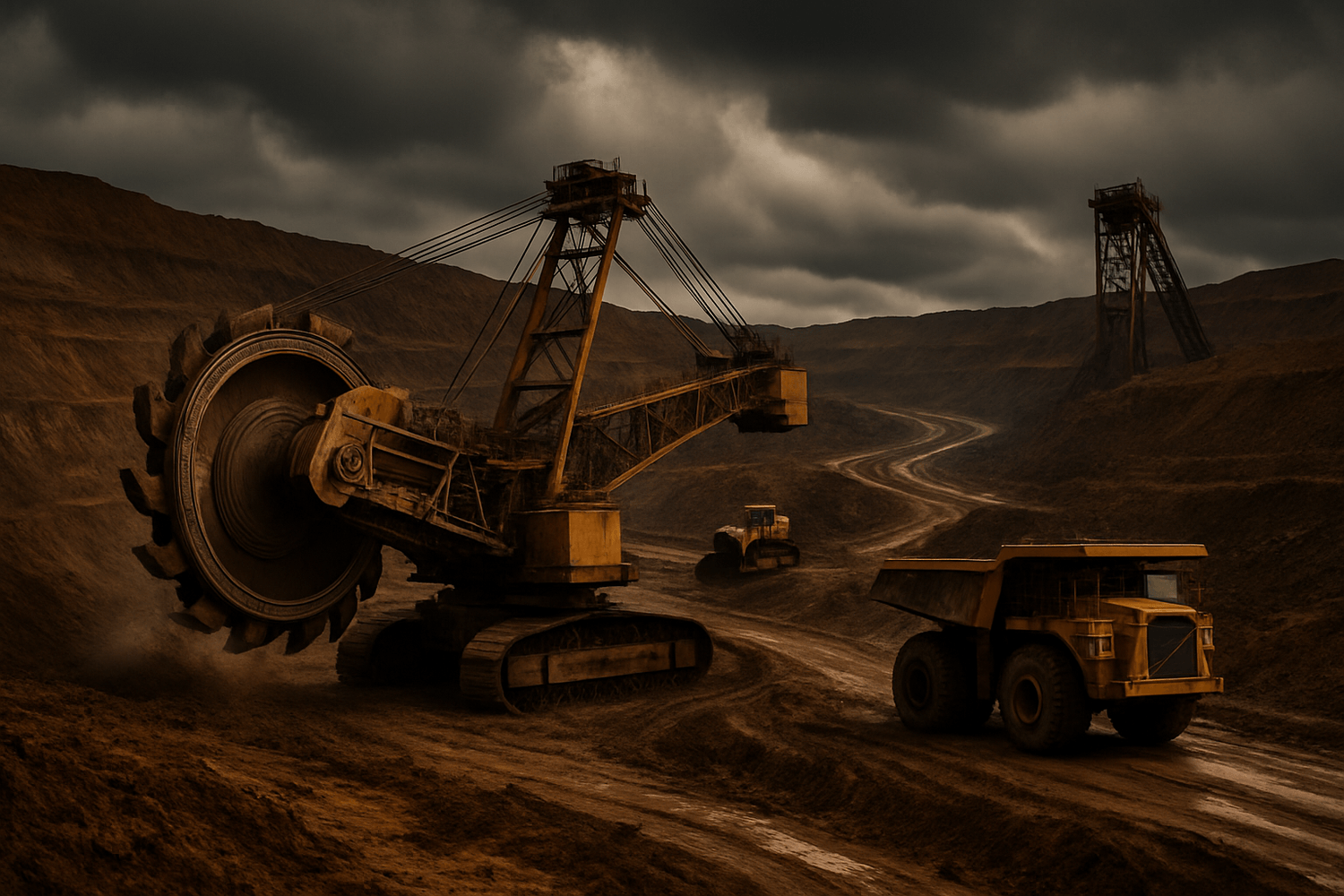The New Cold War? The Race for Rare Earths: The Hidden Battle Shaping Our Technological Future
You may not have heard of them, but you use them every day. Rare earth elements (REEs) are a group of 17 metallic elements that are essential components in a vast array of modern technologies, from your smartphone and laptop to electric vehicles and advanced military hardware. While the term "rare" is somewhat of a misnomer—they are more abundant in the Earth's crust than gold or silver—their extraction and processing are complex and geographically concentrated, making them a focal point of intense global competition. This isn't a Cold War of ideologies, but one of resources, with the future of technology hanging in the balance.
The Dragon's Hoard: China's Dominance
For decades, one country has held a near-monopoly on the rare earths market: China. While the United States was a leading producer until the 1990s, China now accounts for over 69% of global rare earth mining and a staggering 90% of the refining capacity. This dominance gives Beijing significant leverage over global supply chains, a power it has not been afraid to wield. Recent regulatory developments in China are further tightening its control over the sector, raising concerns among international businesses and governments about the stability of their supply.
The Awakening Giant: The West's Response
The world is waking up to the risks of its reliance on a single supplier for these critical materials. The United States and its allies are now scrambling to secure their own supply chains, investing in domestic mining and processing facilities and forging new partnerships to diversify their sources. This has led to a surge in exploration and development of rare earth projects outside of China, in places like Australia, Canada, and even within the U.S. itself. The goal is to create a "China plus one" strategy, ensuring that a disruption in the Chinese supply chain does not cripple Western economies.

More Than Just Gadgets: The Green Energy Revolution
The race for rare earths is not just about consumer electronics. These elements are critical for the transition to a green economy. Wind turbines, for example, rely on powerful magnets made from neodymium, a rare earth element. Electric vehicles use a variety of rare earths in their motors and batteries. As the world pivots towards renewable energy to combat climate change, the demand for these materials is set to skyrocket. The global rare earth elements market is projected to grow from USD 3.74 billion in 2024 to USD 8.14 billion by 2032, with some estimates predicting it could reach as high as USD 37.06 billion by 2033. This explosive growth will only intensify the competition for these vital resources.

A New Geopolitical Chessboard
The struggle for rare earths is redrawing the geopolitical map. The enormous reserves in Central Asia are becoming a new front in the competition between China, the West, and Russia. This is not a battle that will be won overnight. Building a secure and resilient supply chain for rare earths will take years, if not decades, of sustained investment and political will. The outcome of this race will not only determine which countries lead the technological revolution of the 21st century, but also shape the future of global power dynamics.
© 2025 OptinVision


